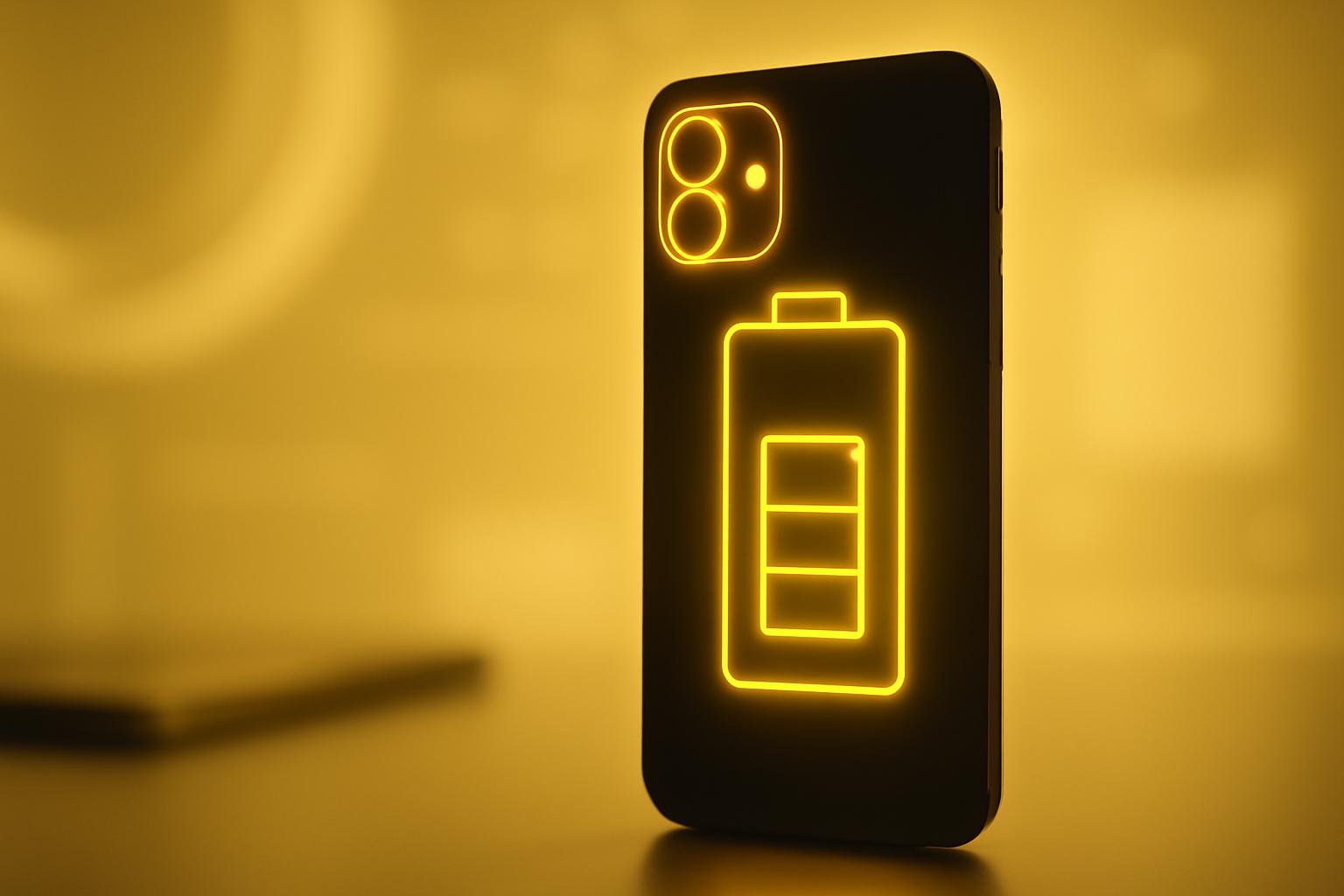Refined Build and Design
Apple’s iPhone 17 Pro Max departs from its previous thin and light approach, adopting a thicker unibody aluminum design that prioritizes durability and battery capacity. The new construction includes a redesigned camera bump with space beneath for MagSafe accessories, enhancing both functionality and robustness. The device weighs 233 grams, slightly heavier than its predecessor’s 227 grams, a noticeable difference when compared side-by-side with lighter models like the iPhone Air. Apple’s introduction of Ceramic Shield 2 on the front and a first-generation Ceramic Shield on the back offers improved protection against damage, addressing concerns from past models. Color options remain a point of personal preference; the reviewed silver variant is understated, while the new orange and blue finishes provide more vibrant alternatives. Additionally, Apple’s collaboration with TechWoven delivers a sustainable blue case made from 100% recycled polyester yarn, offering aesthetic customization without compromising sustainability.
Improved Battery Life and Thermal Management
The hallmark upgrade in the iPhone 17 Pro Max is its enhanced battery capacity, facilitated by the thicker chassis. The phone houses a 4,823 mAh battery, up from 4,685 mAh in the previous generation. For eSIM-only models in select markets, capacity increases further to 5,088 mAh, extending usage times. In real-world testing, the device consistently delivers over five hours of screen-on time under mixed usage scenarios. This endurance is complemented by the introduction of vapor chamber cooling technology, which effectively manages heat during demanding activities such as gaming, resulting in cooler operation compared to lighter models like the iPhone Air.
Faster Charging and Enhanced Display Brightness
The iPhone 17 Pro Max supports USB Power Delivery 3.2, allowing theoretical charging speeds up to 40W, a significant improvement over the previous 30W limit. This enables faster recharge times when paired with compatible adapters. Wireless charging also sees upgrades, with Qi2 standard support enabling up to 25W charging speeds on compatible wireless stations. This enhancement benefits users with wireless charging setups at home or the workplace. The 6.7-inch display retains its size but boosts peak brightness to 3,000 nits, coupled with a new anti-reflective coating that improves usability in bright environments. While some competitors, such as the Samsung Galaxy S25, may offer superior reflective materials, Apple’s improvements mark a notable step forward for daylight visibility.
Camera Enhancements Focused on Versatility
All rear cameras on the Pro models now feature 48-megapixel sensors, including an upgraded telephoto lens, complementing last year’s ultrawide enhancements. The telephoto zoom options have expanded to 2x, 4x, and 8x focal lengths, improving versatility for capturing distant subjects. While the 8x zoom may lose some detail, it remains effective for casual photography. However, unlike some competitors employing AI-driven zoom enhancements, Apple’s digital zoom caps at 40x without generative processing, resulting in noisy images at extreme zoom levels. The front-facing camera receives a resolution bump to 18 megapixels and introduces the Center Stage feature, which dynamically adjusts framing based on the number of subjects, enhancing group selfies and video calls.
Software and AI: Incremental Progress
Despite the hardware upgrades, Apple’s integration of artificial intelligence remains conservative. The iPhone 17 Pro Max ships with iOS 26, which introduces context-aware features such as screen-based queries leveraging ChatGPT or Google, but no new native AI functionalities were announced. The device’s A19 Pro chip offers enhanced neural processing capabilities, potentially benefiting developers working with local AI models. Nevertheless, a major AI overhaul for Siri or other system-wide intelligence features is anticipated at future events rather than this release.
Who Should Consider the iPhone 17 Pro Max?
Apple continues to position its Pro lineup as tools for creators and professionals. The iPhone 17 Pro Max’s improved battery life, thermal management, and camera features such as ProRes RAW, Log 2, and genlock support enable extended, synchronized multi-device video capture. For general consumers, this iteration is largely incremental. Users upgrading from devices older than two years will notice significant improvements across battery, performance, display, and camera capabilities. Conversely, owners of recent models like the iPhone 15 Pro may find limited incentive to switch at this stage.
FinOracleAI — Market View
Apple’s iPhone 17 Pro Max demonstrates a strategic pivot prioritizing battery longevity and durability over radical design changes. This approach caters well to the high-end creative segment while maintaining appeal for power users seeking reliable performance.
- Opportunities: Enhanced battery and thermal management support prolonged creative workflows and gaming sessions.
- Opportunities: Camera improvements and advanced video features strengthen Apple’s position in the content creation market.
- Risks: Incremental updates may limit consumer upgrade cycles, particularly among recent iPhone owners.
- Risks: Conservative AI integration risks ceding ground to competitors with more aggressive AI feature rollouts.
Impact: The iPhone 17 Pro Max is poised to reinforce Apple’s dominance in premium smartphone segments, balancing user demands for durability, battery life, and camera versatility, though its cautious AI strategy may temper growth in emerging intelligent features.













